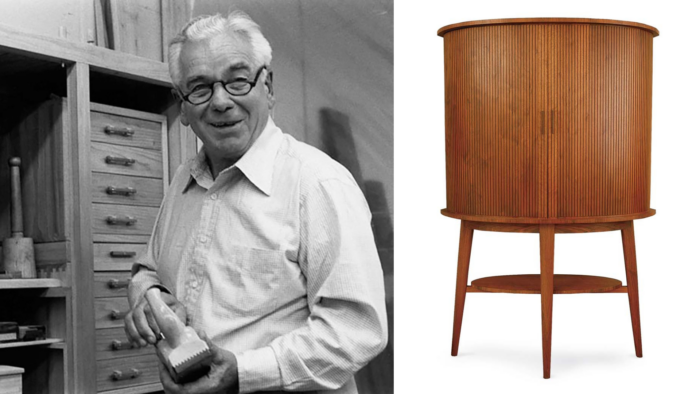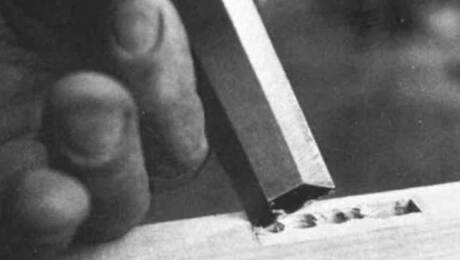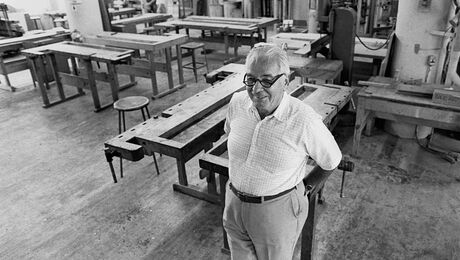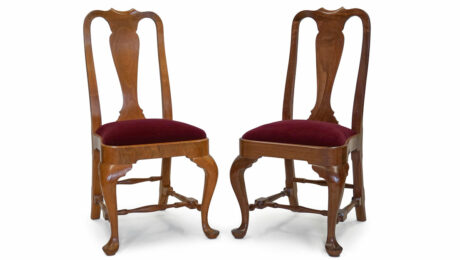Remarkable Mentors: Tage Frid
Frid’s mantra was “Design around the construction,” meaning that the dictates of structure and joinery should be the starting point for a piece; its style could flow from there.
Born in Denmark in 1915 and trained there in cabinetmaking through a traditional apprenticeship that began when he was 13, Tage Frid was recruited to teach woodworking in the United States in 1948 in a fledgling program, the School for American Craftsmen, which was then based at Alfred University in upstate New York. Arriving at the program, Frid was astonished by the lack of understanding among students and even teachers of the basics—not to mention the finer points—of working wood. He soon discovered that the skill and knowledge deficit was widespread in the U.S. Over the following 50 years Frid would do more than anyone else to remedy that situation.

He followed the School for American Craftsmen to the Rochester Institute of Technology (RIT) when it moved there in 1950, and he proceeded to infuse the fundamentals of furniture making into one student after another. In 1962 Frid left RIT for Rhode Island School of Design, where he taught for another 23 years.
Brimming with confidence and charisma, Frid had an infectious passion for his subject, an encyclopedic knowledge of it, and a jocular, needling teaching style. Together these qualities were an elixir for students, and his classes produced hundreds of full-time makers and scores of prominent woodworking teachers.
 |
 |
Frid’s mantra was “Design around the construction,” meaning that the dictates of structure and joinery should be the starting point for a piece; its style could flow from there. His own furniture embodied the maxim, but many of his students, while absorbing the fundamentals, gave aesthetics far less restrained expression while producing furniture of the highest caliber.

The legacy of Frid’s teaching in person would have been enormous in any case, but in the summer of 1975, persuaded by his wife, Emma, he agreed to lend his name and talents to an entirely untested idea brought to him by a reluctant executive and hobbyist woodworker, Paul Roman: Fine Woodworking magazine.
Frid was the tent pole for the project. He was a contributing editor from the first issue, and his own articles were crucial, as were the contributions of his talented students. His trilogy of books on the craft, published by Taunton Press in the early 1980s and still in print, were instant classics, and they remain a vital resource.




















Log in or create an account to post a comment.
Sign up Log in